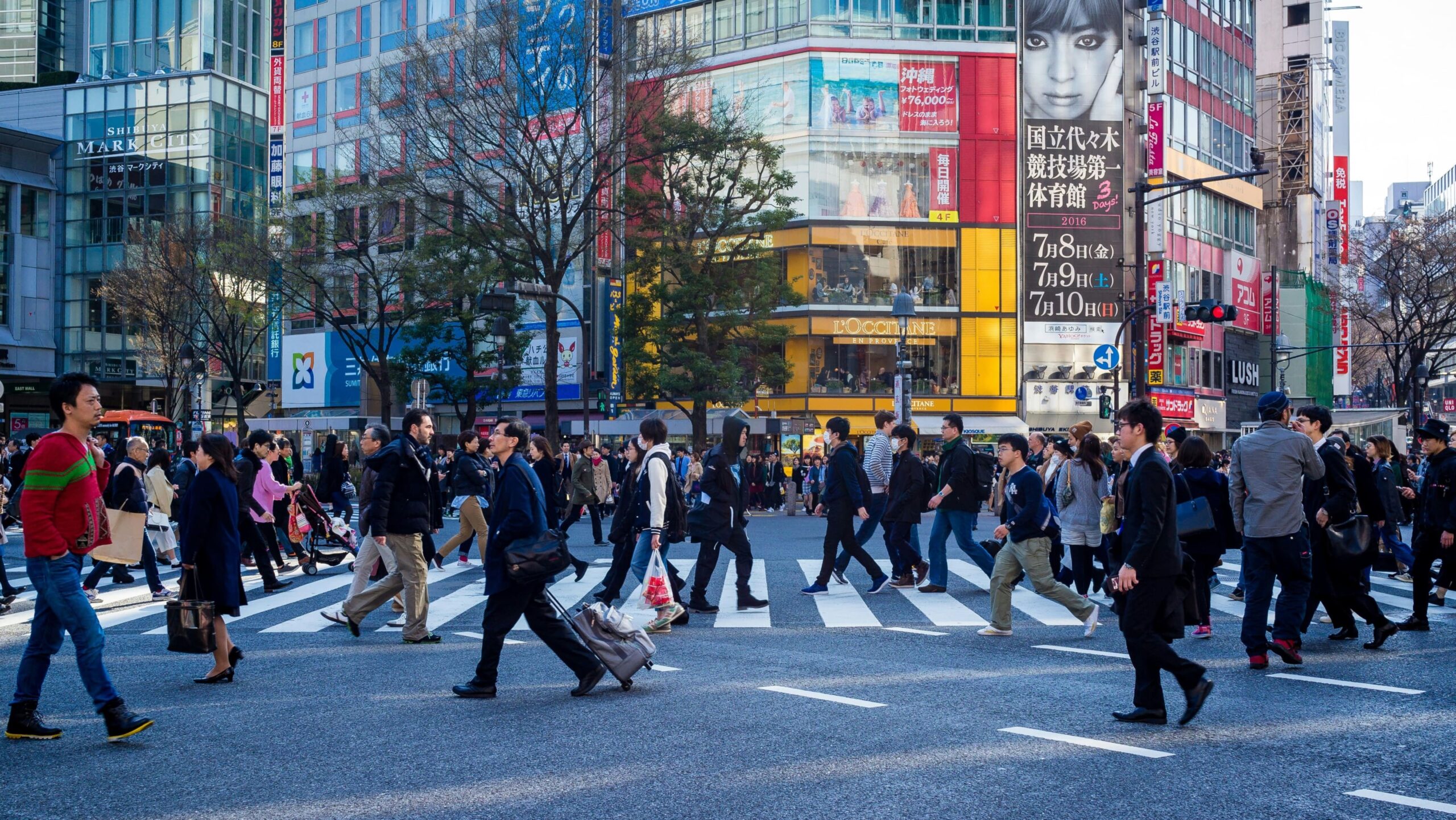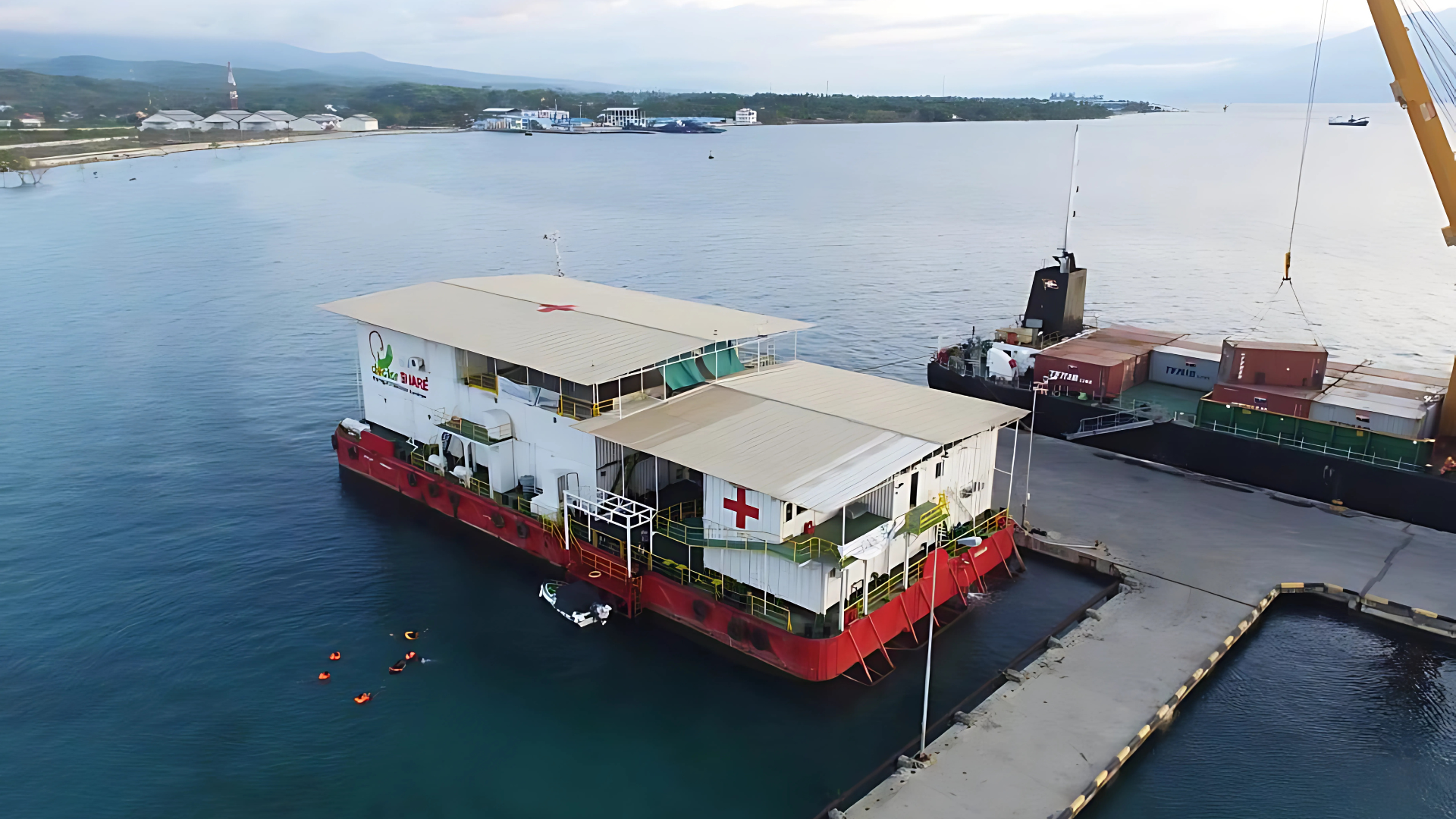Insights from “The War on Climate” Webinar
It comes as no surprise that after 15 months of relentless conflict, much of the Gaza Strip has been destroyed, with an estimated 66% of all structures incurring permanent damage and hundreds of thousands of Palestinians left with nowhere to live. This conflict has widely come to symbolise a profound moral low in humanity’s capability for destruction through conflict while contributing to a broader pattern of escalating violence worldwide, as reinforced by the recent bombings in Iran.
Amid this unchecked brutality, the destruction beyond human and infrastructural damage is seldom acknowledged; conflict causes wide and lasting environmental damage that pollutes air, soil, and water, with devastating effects that persist across generations. While each bomb burst pumps an array of toxic chemicals in the atmosphere, even post-war reconstruction efforts emit a staggering 16 billion tonnes of CO₂, with the brunt of it borne by the cement industry. Nevertheless, these harmful externalities remain glaringly absent from mainstream climate discourse and public awareness.
Military activities account for an estimated 6% of global greenhouse gas emissions, around 2.53 billion metric tons annually.
“
Putting this into context, this outstrips the emissions of Russia or the entire continent of Africa, where both are frequently scrutinised for their national contributions of 5% and 4%, respectively. The most startling revelation is that, according to experts, emissions linked to armed conflict may be up to ten times higher than current conservative estimations.
Few are aware that as the military-industrial complex perversely benefits from conflict while evading deep public scrutiny, the world’s ESG/sustainability frameworks fail to account for its significant and overwhelming contribution to climate and ecological damage.
GIFT’s recent virtual webinar, “The War on Climate: Unveiling the Uncounted Costs of Conflict,” comes at a timely period of escalating geopolitical tensions and active wars. Its aim was to shine a light on the careful and deliberate engineering by the military-industrial complex to exclude their emissions from the spotlight and to systematically avoid scrutiny over its material impact on the climate and environment.
The event resonated widely, drawing over 700 viewers from more than 60 countries, who tuned in to hear experts uncover this missing piece of the climate change puzzle. Dr. Naledi Pandor (Former Cabinet Minister of South Africa, current Chair of the Nelson Mandela Foundation), Dr. Soroush Abolfathi (Water and Environmental Modelling Researcher), Teresa Bean (Director of Research and Education, In Place of War), Prof. Brendan Mackey (Director of Griffith University’s Climate Action Beacon), Vanessa Nakate (Environmentalist, Co-Founder of Tard Foundation), and Joel Pront (Director, The War on Climate documentary) gave their insights that ranged from the hidden carbon costs of conflict to the power of activism and policy – bringing context, urgency, and action to this complex global challenge.
To hear their words directly, watch the full webinar recording below:
A Historical Context
Rising military expenditures and arms stockpiling reflect a global shift towards conflict preparedness, exposing systemic challenges. In this context, even limited efforts towards peace and environmental cooperation represent meaningful progress.
The 1997 Kyoto Protocol was cited as a missed opportunity for comprehensive climate action. Although 116 industrialised and transition economies signed the agreement to reduce greenhouse gas emissions, the United States successfully lobbied to exclude military emissions. As a result, one of the most carbon-intensive sectors – military operations – was left unregulated. Despite the Protocol’s ambitions, global emissions have continued to rise, contributing to ongoing temperature increases.
Watch the 7-minute documentary that discusses this in greater depth:
Only Annex I countries, i.e. those deemed “industrialised”, were required to report military emissions annually. The result of this is revealed in the 2022 emissions reporting data, wherein among the countries assessed, Germany was the only one to provide transparent reporting that met established standards for military emissions. Research shows that these Annex I countries were the very ones that dominate climate summits while spending 30 times more on their militaries than on climate action.
The Accounting Gap in Conflict Emissions Reporting
The consensus was that accurate reporting is essential for accountability, especially as institutions like the UN face scrutiny over conflict-related emissions. The classification of military emissions as “bunker” fuel emissions, commonly used in aviation and maritime transport, are excluded from national greenhouse gas inventories. This classification loophole enabled countries to effectively under–report their national totals. Furthermore, current frameworks do not assign emissions from acts of warfare to the initiating country, but to the country affected by the aggressor.
The Vicious Cycle of Conflict, Poverty, and Climate
While it may be convenient to treat net-zero emissions and peace as separate or loosely related objectives, this perspective overlooks their interconnected impact on global challenges. The military’s significant contribution to climate change is likely to intensify the broader effects of the climate crisis, which in turn exacerbates the mechanisms of warfare and struggle for dwindling resources. A self-reinforcing cycle of violence and inequality perpetuates.
Historically, periods of disruption have disproportionately affected marginalised communities, who are often displaced and forced to migrate, while those with greater resources remain relatively insulated. Climate-induced migration is no longer a future concern. It is a current and growing reality. Therefore, peace and climate justice must be understood in relation to poverty and inequality.
Taking Action to Break the Chain
Military emissions, though substantial, remain largely overlooked. Armed forces consume more fossil fuels than many nations combined, yet they operate with limited transparency. A shift toward peace-focused policies is urgently needed, with the emphasis on clear reporting, accountability for environmental damage, and redirecting military spending toward climate resilience. As climate activist Vanessa Nakate aptly stated, “it is time for defence forces to protect futures, not just borders”.
So, what can enlightened civilians do?
You are encouraged to share the linked webinar and documentary within your networks to help amplify this vital message.
Organisations like In Place of War provide a platform for creative arts, including music and theatre, harnessed as powerful tools for social transformation and raising awareness about climate change. While conflict persists, artistic expression serves as one of many powerful forces for advocacy, healing, and positive change.
Bringing these issues to the forefront and embedding them in the public consciousness are paramount. This starts with both the individual and with organisations that have the capability to provide the appropriate platforms.
Widespread collective outrage, fuelled by strong and vocal public momentum, would significantly increase the prospects of elevating the tracking and accountability of the impact of conflict to the global climate change agenda. Allowing this to remain in the shadows will spell disaster for the planet and humanity.

Samyuktha is a Research and Content Associate at GIFT Hong Kong. She is involved in converting insights into impactful written material, assisting leadership engagements, and coordinating across GIFT’s global offices to foster content collaboration. Prior to joining GIFT, Samyuktha was pursuing her Bachelors’ degree from the Hong Kong University of Science and Technology, where she double-majored in Global Business and Economics.





